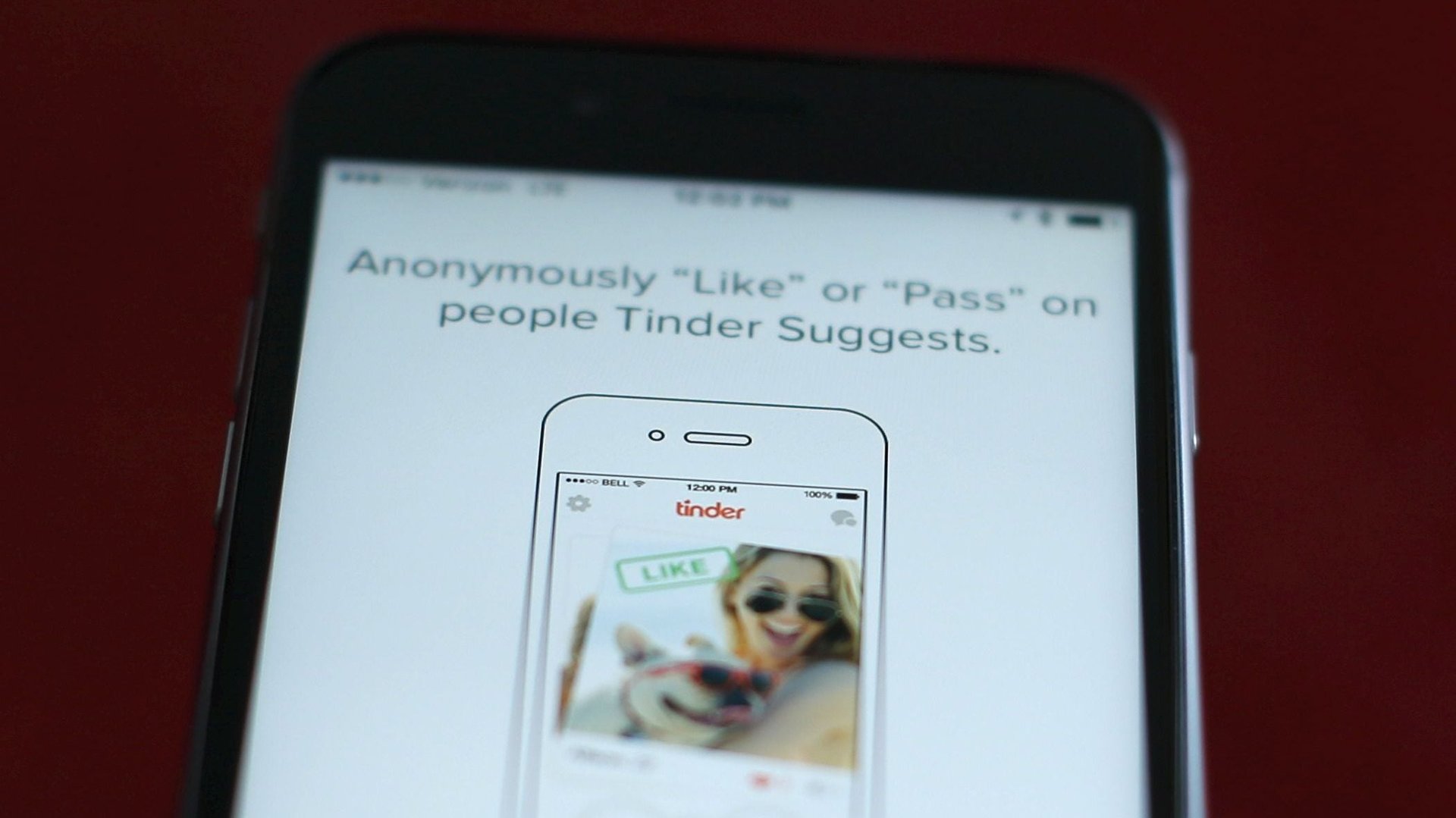Around 40% of American couples now first meet online
It is one of the most profound changes in life in the US, and in much of the rich world. Instead of meeting our partners in school, at work, or through friends and family, many of us now meet them online.


It is one of the most profound changes in life in the US, and in much of the rich world. Instead of meeting our partners in school, at work, or through friends and family, many of us now meet them online.
Some 39% of heterosexual couples that got together in the US in 2017 met online, according to a recently released study (pdf) by sociologists Michael Rosenfeld and Sonia Hausen of Stanford University and Reuben Thomas of University of New Mexico. This was also the case for more than 60% of same-sex couples that year. That makes online dating by far the most common way that American couples now meet. The data also show that between 1995 to 2017, meeting through friends saw the largest decline, from 33% of couples at the start of the period to just 20% at the end.
“It used to be that finding a partner is something one did with their community,” says Thomas. “Now it is basically an individual quest.” This has also created a $4 billion-plus industry to help people on that quest (paywall). Thomas and his counterparts’ research paper is currently under review for publication in an academic journal.
The data in the study come from the How Couples Meet and Stay Together survey, which is the most comprehensive data collected on romantic relationships in the US. The survey allows for multiple answers to the question about how people met, so a recent rise of people meeting at bars and restaurants is not down to serendipity but rather people who arranged to meet for dinner or a drink via online dating sites.
The study by Thomas, Rosenfeld, and Hausen finds that the share of couples meeting online has just about doubled since 2009. Since the technology hasn’t improved that much since the 1990s and 2000s, says Thomas, he thinks the explanations is that online dating has finally become culturally acceptable. There is no longer much a stigma about meeting a partner online, and few now view online dating as unsafe. “People used to make up stories about how they met, so they wouldn’t have to admit that they met online, but now many people embrace it,” says Thomas.
He and fellow researchers present several other notable findings about the rise in online dating. They explain that it is not phone apps, but rather websites accessed via computers, that account for most of the online relationships created in 2017, though that may be changing. They also note that the share of people who first met online and were previously strangers rose from about 81% in 2009 to almost 90% in 2017. Finally, they note that online couples don’t appear to be any more likely to break up than those who met “in real life.”
Thomas says that people often underestimate the huge cultural shift that online dating has had on society. Research suggests that online dating has led to more interracial marriages, more couples with different religions and levels of education, and also pairings with partners who tend to be closer in age (pdf).